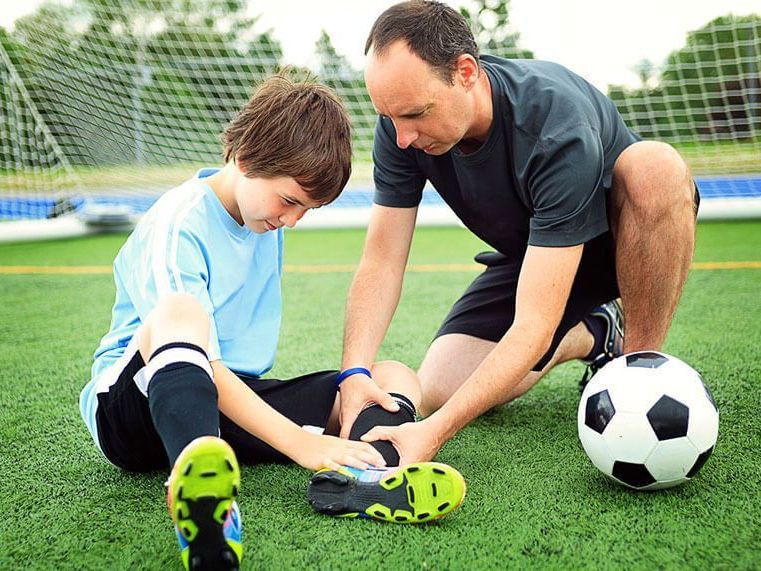Information & Advice
Popular Posts!
Advice & Information - recent posts

Changes to focusing on distant objects to close objects is called 'accommodation'. When you try to look at something near to you, your parasympathetic nervous system activates your oculomotor nerve (cranial nerve III). This nerve serves the internal oblique muscle and makes your eyes converge - more 'cross-eyed'. It also serves the muscles around your pupil and makes your pupil constrict. And thirdly, it serves the ciliary muscles of your lens and makes the lens more rounded to focus the image. Looking at close objects for long periods means that these various muscles are contracted for long periods and just like the rest of our body muscles, this leads to tension and difficulty in relaxing them. But we need to relax them in order to see distant objects. The key is to practise relaxing these various muscles: The extrinsic eye muscles, including that internal oblique, The pupil by resting the eye in darkness, away from that bright computer screen! And the ciliary muscles by allowing our eyes to look into the distance, to de-focus and use our peripheral vision. Age-related long-sightedness. Almost everyone starts to have difficulty with seeing close up as they get older, after about 45 years of age progressively worsens. This is due to hardening of the lens and so it doesn't
These instructions are taken from the Chattanooga STABILIZER Pressure Bio-feedback device, with some editing and additions for clarity. Unfortunately it is difficult to source this device at the moment, but there are other similar devices on sale from physio supplies. A simple manual blood pressure cuff (sphygmomanometer) is also an excellent substitute - simply mark the dial with coloured lines: 40 mmHg = orange 70 mmHg = brown

















